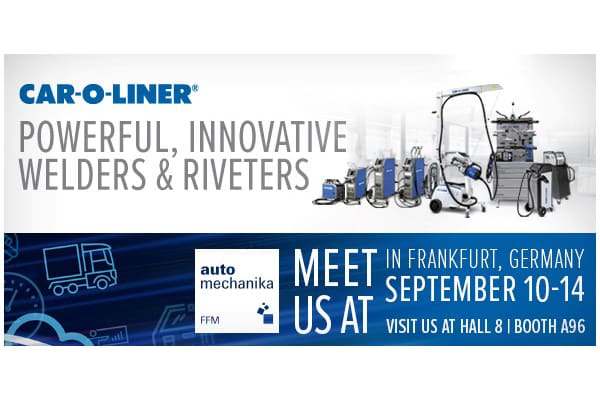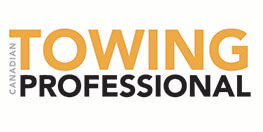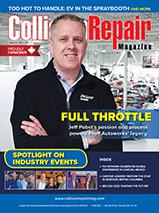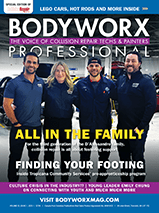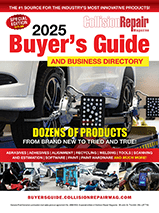By Gideon Scanlon
If you are looking to start a career in the collision repair sector, you might want to think about whether you want to work for a business that has only one location, or for one that is part of a chain.
Before making a decision, it is important to understand the basics about the way the industry has changed—and the direction it is currently moving in.
Over the past fifteen years, consolidation has played a role in professionalizing the sector. Across Canada, many little repair businesses have been replaced by fewer, better-equipped ones. While once it was fairly hard to imagine chains of businesses gaining dominance in the sector, now franchise (known as banners) or corporate-owned facilities account for a third of Canada’s repair businesses—and three-quarters of its profits.
According to the Romans Group’s Profile of the Evolving U.S. and Canadian Collision Repair Marketplace in 2019, bigger players are certainly doing something right. The report found that MLO independents, dealer-owned shops, and franchise network segment now constitute 30 percent of the number of locations, and absorbs 77.7 percent of the industry’s revenue.
In Canada, Driven Brands and the Fix Auto Network, the market leaders, have pursued strategies that have made it easier for their network employees to secure access to cutting-edge training, decrease parts costs and to become more appealing to both OEMs and auto insurers.
Both networks have invested in providing access to training opportunities to network members.
Just after acquiring the Carrossier ProColor network, Fix Auto Network officially opened a training centre in Milton, Ontario–one that will serve the FixAuto, NOVUS Glass and SpeedyAutoService brands. Later in 2019, it opened a second training facility in Quebec. A third later opened in Western Canada.
By that point, CARSTAR’s own cross-network training procedures were already a year old. In November 2018, the banner announced the creation of the then-revolutionary CARSTAR University Learning Platform. Its mandate was to enable North American franchise partners to stay up-to-date on the latest vehicle repair technologies and procedures.
Now, the program provides 700 role-based learning modules. Currently, the program boasts 2,000 staff members who have enrolled in the courses—more than half of its total staff.
At the same time, CARSTAR also added a training and education team at the corporate level, with the express purpose of identifying which areas of training would prepare network members to thrive in the collision repair sector. In fact, the platform focuses on providing training to help partners reach the requirements set by specific OEMs and DRPs.
When CARSTAR University launched, its chief operations officer Dean Fisher said, “We are certifying our CARSTAR operations and insurance sales teams to deliver I-CAR training to our stores and also have made it mandatory for them to maintain a platinum-level certification.”
In both cases, the breadth of training these two enormous networks can provide to partners put them in an enviable position. One that may make them attractive to potential employees interested in remaining on top of their training. Similar advantages may also be seen at other chain businesses.
This is not to say that working for chain businesses is, necessarily, better than working for independent ones. As one owner of a top-tier independent put it in 2018, “I have joined a couple of different groups over the years, but the supposed advantages didn’t pan out.”
High-performing independent facilities that had heavily invested in training and technology were, if not unaffected by, less prone to losing out on market share to banner facilities. In the suburbs and smaller cities within commuting distance from major metropolitan areas, these businesses have thrived—with or without banner membership.
Many of the advantages of working for a smaller scale business over larger competitors relate to flexibility. When it comes to training investments, small scale businesses are more likely to be able to manage sudden, unexpected shifts in what is expected of the marketplace.
Currently, most major networks have training programs reliant on I-CAR’s curriculum. While the industry’s general faith in I-CAR is solid, should it ever be found to be lacking in some area or other, both banners could have to overhaul their training systems entirely.
A more likely scenario that might spell more trouble for large scale competitors rather than small-scale ones would be a sudden drop in the overall number of vehicles in need of repair. As accident avoidance technologies become more and more ubiquitous, conceiving of a future where there are year-over-year drops of ten percent in the total number of vehicle accidents is not inconceivable.
In such a situation, major players would be vulnerable to becoming over-producers. Scaling back operations in larger businesses is much more difficult than scaling them up.




